Hi there – I’m Eilee George, and I am an art teacher and tutor offering lessons in the Greater Denver area. I’ll start this first lesson out with information for you about my background and philosophy as a teacher. If you already read it on the main page, skip three paragraphs to “This is the first…”.
I was certified as a K-12 educator in Missouri in the 90’s; I have a BSEd in Art from Missouri State University. I have additional studio, art business and shop training in my Associate of Applied Arts degree from a now defunct Art Institute (one of many school-victims of corporate greed, not of inadequacy). In that I studied Industrial Design Technology, enhancing all of my fine arts experimentation. I have now lived in Colorado for almost 20 years, where, for some time, production held a higher priority than teaching in a public classroom setting–but I have always tutored, and love the custom-tailoring I can offer to 1-4 students at a time; it is more fulfilling for my students as well. Not knowing the age of whomever is visiting my site (and is interested in this subject matter), I will teach with my normal vocabulary; an understandable risk in a situation of anonymity. I chose this way because my teachers and my mother proved early on that it is pointless to talk down to children; they are very bright and capable when you show that you believe in them, and the dictionary is their friend! Baby-talking discourages growth; kids are amazing, well-equipped learners with brains in optimal mode for devouring knowledge! My vocabulary also makes the lessons more palatable for adult learners, who really hate being talked down to – not surprising! I believe in elevating and empowering all of my students.
Art teaches higher, more intuitive thinking skills than those that are typically utilized in English, History, Math and sometimes even Science, which focus more on the lower three levels. The lower three levels are Knowledge (rote memorization), Comprehension (understanding what you know), and Application (using what you know). The upper three are Analysis (describing what you know and how it is used), Synthesis (adapting knowledge and principles of application to unrelated areas from where you learned them), and Evaluation (assessing and improving the knowledge and applications as you observe and can better implement them). A good art class will work in all 6 levels through each unit.
I am a strong supporter of DBAE or Discipline-Based Art Education. It involves four key components: Art Production, Art History, Art Criticism, and Aesthetics. Creating art gets enhanced when integrating these other aspects; you learn to create in a context to the past that built up to your present; to develop taste and discernment. All of this works together to produce a better artist.
And now at last, the lesson!
This is the first in a sub-series of lessons in my Art Blog, on the Elements and Principles of Design. This short lesson is an introduction and brief overview. Once lessons begin in earnest, I will focus first on the Elements.
 There is a language in art; it is technical and subjective at the same time, as is the nature of art itself. In fact, there are many texts and resources that can’t even agree on a consistent list of exactly what all of the Elements of Design and Principles of Design are – although there are many similarities, there is fluctuation, depending on which source is consulted. I will try to encompass all of the classic elements and principles in my upcoming articles, focusing on them in more detail, and showing their interaction.
There is a language in art; it is technical and subjective at the same time, as is the nature of art itself. In fact, there are many texts and resources that can’t even agree on a consistent list of exactly what all of the Elements of Design and Principles of Design are – although there are many similarities, there is fluctuation, depending on which source is consulted. I will try to encompass all of the classic elements and principles in my upcoming articles, focusing on them in more detail, and showing their interaction.
Elements of Design are basically the visual tools that we use to create a composition. These can include line, shape, form, hue, value, intensity, texture or pattern, space, proportion, and scale. You can create a piece using nothing but line, or with shapes. If you modulate the shapes to make them appear three-dimensional, you are in effect creating form, and you are probably incorporating different values to achieve the illusion of light and dark that describes that form, be it smoothly or via texture. You can create textures with lines and/or shapes. If your piece is in color, you’re using hue, and can use different intensities of the hues there to render things accurately, or to create mood or even to create a sense of space, which can also be achieved through the placement and scale of your shapes.
As you can see, you can use these tools in a lot of combinations, and not just in those I mentioned above. How you use them is where the Principles of Design come in. These are more conceptual tools you use to organize and manipulate the Elements. The Principles include balance, emphasis, dominance, unity, harmony, variety, contrast, rhythm, repetition, pattern, and movement. As you can already see, there is a little overlap between some of these terms, and they can be used in different combinations, too. It can be very powerful to plan a work around even one or two of these principles; it gives the work a razor focus, an edge, and a personality that stands out to the eye.
I will present lessons on most of these elements and principles, combining some that are closely related. I strongly believe these to be essential, useful learning for anyone who wants to become a better artist. Art isn’t a free-for-all; it has a structure, and one must learn the rules before one can break them with any success. I understand that the subject matter may at first sound a little dry for an eager beginner, but these quick exercises can awaken you not only to the possibilities of focus in your own art, but to seeing their existence and use in the world around you – a truly global language.
…
This was Lesson #1 on the Elements and Principles of Design. Here are links to the next few lessons, in order since I sometimes refer to and build upon previous lessons:
#2 – LINE: The Most Basic Element
#3 – Elements of Design: SHAPE in Simple SPACE
#4 – Elements of Design: FORM, TEXTURE and PATTERN
#5 – Elements of Design: HUE, VALUE and INTENSITY
Or, to see all of them en masse (note they are in reverse chronological order, so read the bottom one first, etc.), try the category Elements and Principles of Design (or use these links here in order)
For a wider choice of even more lessons and topics, visit the Blog Intro.
Be sure to check back occasionally for more lessons on Elements and Principles of Design & more.
If you have any questions or need clarification concerning any of these design concepts, do feel free to contact me using the Contact Form. Be sure to put the words “Lesson Question” in the Subject line (but the quotation marks aren’t necessary). I run several sites as well as my fine arts production projects, and now occasional music gigs too, so I will get back to you as quickly as I can! Thanks!
– Eilee
All content on this site © 2013-2020/present L. Eilee S. George; all rights reserved.
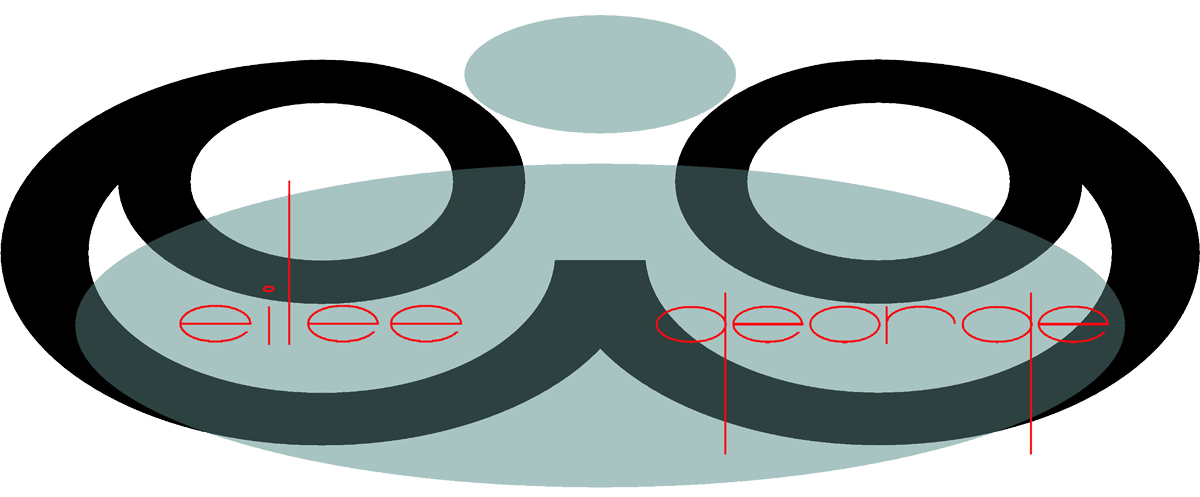

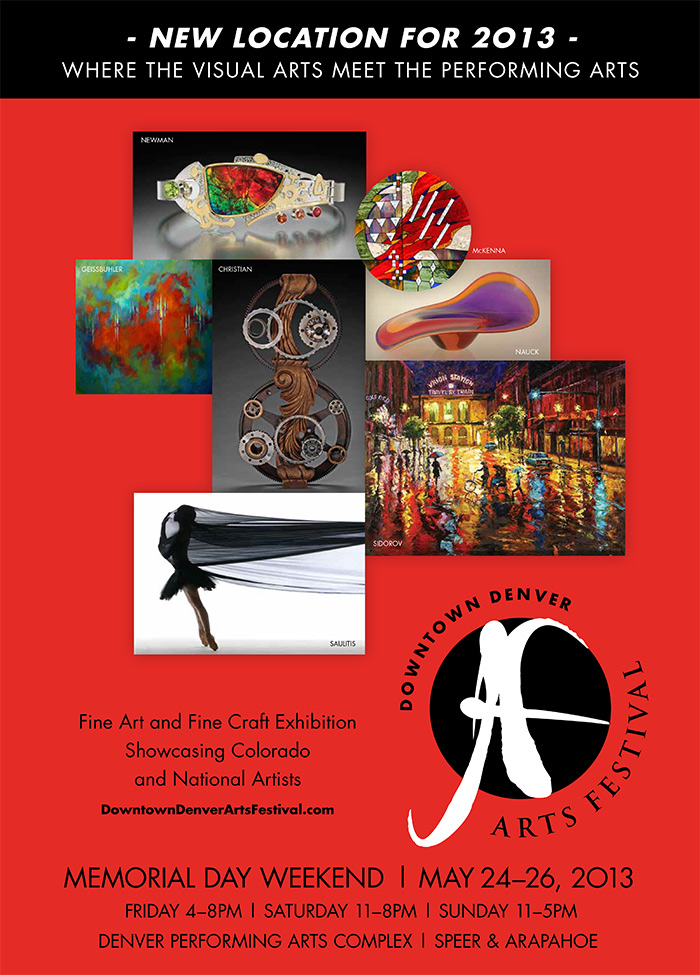

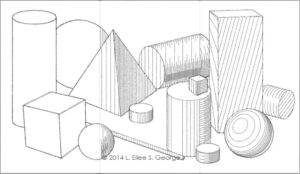
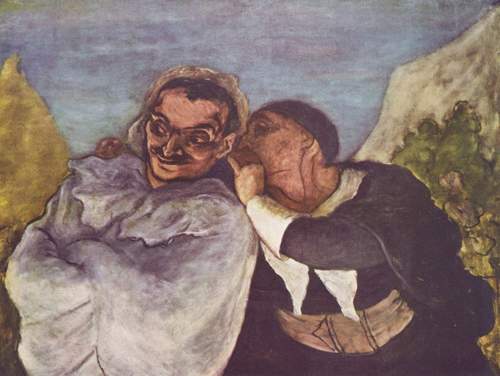
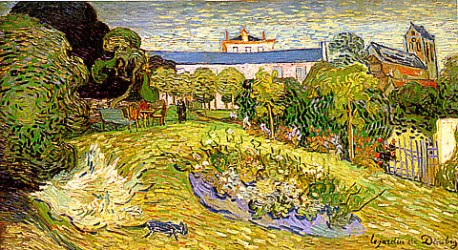

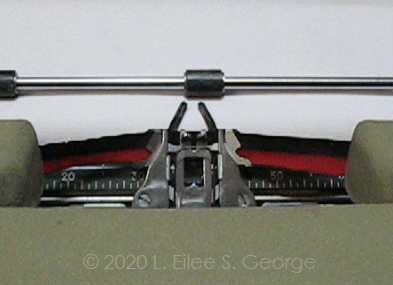 I’m Eilee George, and I like to write anecdotal and how-to blog posts in several creative areas. A lot of my art lesson posts are collected under the Art menu heading above, but you can find them here, too, along with a lot of other topics. I am a strong believer that ANYONE can draw if they want to learn – it’s a set of skills and principles like anything else. As a prolific writer (although not always online), I prefer to use an unstructured, informal sort of prose as my writing style; thus I chose “prose” over the word “blog” in the menu tab title…but it is essentially a blog. On my own time, I write short stories, essays and lots of poetry and songs. Here, I try to categorize topics by media. The following table of contents will, for now, serve only as a teaser as to what you may be able to look forward to reading later on, if you’re continuing in your creative quest and if I find more time to write; some things may change. If you see a link I’ve already posted it. I’ll throw other unplanned entries in as special events occur. If the presentation gets confusing, shoot me an email
I’m Eilee George, and I like to write anecdotal and how-to blog posts in several creative areas. A lot of my art lesson posts are collected under the Art menu heading above, but you can find them here, too, along with a lot of other topics. I am a strong believer that ANYONE can draw if they want to learn – it’s a set of skills and principles like anything else. As a prolific writer (although not always online), I prefer to use an unstructured, informal sort of prose as my writing style; thus I chose “prose” over the word “blog” in the menu tab title…but it is essentially a blog. On my own time, I write short stories, essays and lots of poetry and songs. Here, I try to categorize topics by media. The following table of contents will, for now, serve only as a teaser as to what you may be able to look forward to reading later on, if you’re continuing in your creative quest and if I find more time to write; some things may change. If you see a link I’ve already posted it. I’ll throw other unplanned entries in as special events occur. If the presentation gets confusing, shoot me an email